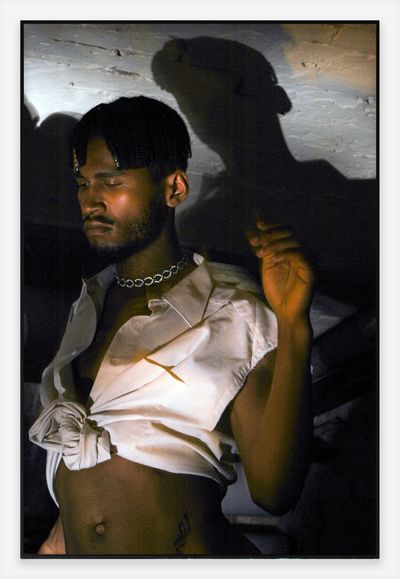pride (rave) part IRob Kulisek
Press release
VI, VII is thrilled to announce a solo exhibition by Rob Kulisek, an American artist based between Berlin and New York. This event marks the debut of Kulisek’s solo practice and features sixteen photographs from the series “pride (rave).” Part II of the series will be presented in Basel at June Art Fair in October
In a 2005 article published in the journal “Social Text,” the theorist Jack Halberstam reflects on the role of shame and pride within homonormative politics. He argues that the commercialized concept of Pride, while undoubtedly an important celebration of LGBT+ visibility, nonetheless remedies an experience of shame primarily derived from white gay men being denied access to the privileges of whiteness, masculinity and wealth. By deconstructing this binary, Halberstam seeks to explore alternative affects through which queer sociality can be generated. After all, queer critique is fruitless, as he observes, when it merely “rebuild[s] the self that shame dismantled rather than taking apart the social processes that project shame onto queer subjects in the first place.”
“pride (rave) part I,” Rob Kulisek’s first solo exhibition at VI,VII, departs from an editorial crafted for Interview Germany’s Pride Fanzine in summer 2020. This story was produced while Berlin was in lockdown, initially in Kulisek’s studio and later, after a visit from the police, by a statue in a nearby park. The compositions in this series are not coordinated, but stem from theatrical scenarios that are loosely initiated by the artist. Kulisek set up directional spot lighting, and roved the scene, orchestrating a dynamic play of brightness and depth. Looming shadows analogize his relationship to his models, as he explores a gaze that is voyeuristic but intimate, and rooted in trust.
Through dancing bodies, expressionistic blurs, and the soft associations suggested by gridded panels, the works in “pride (rave) part I” are infused with a formal tension between movement and stillness. Kulisek’s photographs reverberate like a bass drum, and are grounded in a pulsating dialogue with the figures depicted. By stepping back, he encourages his subjects to thwart the camera’s fetish for containment and capture. As visual vibrations, his pictures convey queerness as a resistance to fixity, or a momentary embrace of fluidity as freedom.
Since early in the Covid-19 pandemic, nightlife has been strictly regulated in Europe. This is arguably not simply about public health, but control. The rave, as an exuberant ritual of dissolution and excess, offers a safe space for young, queer and marginalized people to challenge a life lived, in Halberstam’s evocative words, “at odds with time, art, life, and love.” With clubs closed, non-normative desires have had to flow into other, more transient spaces, where new risks must be navigated. As documentation of the contours of state power, the works in “pride (rave) part I” question the social processes that produce, normalize and sustain identity, while disobediently stomping and shimmering with the fleeting, liberatory possibilities brought about by embodying and affirming difference.
- Harry Burke
Rob Kulisek is an artist and a photographer whose practice is marked by sensual, suggestive and largely physical imagery. Capturing the high frequencies of bodies and interferences happening in group dynamics, his style is profoundly vibrant, and contemplative. Whether in the form of exhibitions, collaborative works, experimental magazine, music labels or installations, he plays with rigid categories to espouse soft, flexible forms, sometimes deeply sincere and spontaneous, sometimes more analytical.
Part of a generation of artists who are questioning porosities between Art photography and Fashion photography and shifting their commercial and aesthetic stakes, his pictures are nourished by his assiduous reading of independent fashion press from 1990s, such as Purple, and Self Service, as well as experimental fashion brands like interdisciplinary studio’s Bless. Nurtured by subcultures that have emerged mostly in the 90’s and the 00’s in the indie-fashion photographic field, a large part of his practice is infused with anti-fashion, grunge, queer and porn-chic.
In 2016, together with the artist David Lieske, he has created 299 792 458 m/s magazine, a conceptual project inspired by GDR fashion experimental magazine Sybille in which he directly questions our relationships to speed and perishability. Dealing with notions such as the temporality of fashion products, the relativity of luxury and the blind spots of representations, they have invited in their pages the young photographic guard as well as new independent designers.
In the same period, he has curated the exhibition “Misanthrope” at Mathew Gallery (New York) about black metal culture, using it as an aesthetics divorced from its ideology. The show was an extension of Misanthrope-CA, a musical project by Kulisek and David Lieske whose experimental black metal album “America” took its cue from the sounds of early Norwegian black metal.
For the current show, “pride (rave)” at gallery VI, VII in Oslo, Rob Kulisek has photographed a cohort of friends dancing and exulting after the 2021 Pride in Berlin following one year of a pandemic. Mostly populated by queers, this rave was a way for marginalized communities to reconnect and to regain at least sporadically safe spaces. During one turbulent night, Kulisek is, capturing the heat and palpitations. Joy, fear, and sadness are coalescing in this series exploring the inextinguishable deployment of human passions.
Employing iconographic tropes that could be affiliated with XIX symbolism and romanticism, the silhouettes are often translucent, androgynous and as emerging from an orgiastic chaos. Henri, one of the portrayed, appears as an Ophelia heroine, languid and lost in the wild grass. Bodies are lascivious, and took an allegorical turn: Mephistopheles with goat horns, macabre and erotic chimeras, club-kids in a sex-arcadia. A trouser button is open, a breast offered to the gaze, the epidermis is combined with the mineral or the vegetal and all this is made fluid, as if indifferent to the fog and the light. Just pure breath, energy or fatigue: it is Berlin Rage.
But the raves that Kulisek documents don’t preach a form of escapism toward a higher realm of consciousness and sensuality. On the contrary, even though they produce ecstasy as well, they are very much interested in inventing alternative form of reality, non-linear due to the punctuality of the rave, but continuous as they create a tangible space of solidarity that goes beyond the climax of the party. In this particular space, to be queer is not to identify with a series of aesthetic codes and psychological traits but to try to define and develop a new way of life. A new way of life, one that is radically different to one imposed on us. In that sense, these raves are both an act of resistance and a site of production of queer temporalities and geographies.
- Pierre-Alexandre Mateos
Rob Kulisek (b. Philadelphia, 1989) is an American photographer living and working in Berlin and New York.
His work, which circulates in the worlds of fashion and fine art photography, involves establishing settings and environments in which his subjects can play out improvised scenarios that appear neither staged nor accidental. These simulated moments become the material for a voyeuristic catalogue.
This methodology has formed the backdrop for projects with commercial clients such as Adidas, Burberry, Gucci, Hästens, Nike, Telfar and Tesla Motors; images and campaigns that have appeared everywhere from the cover of Texte Zur Kunst to the pages of American Vogue.
Kulisek attended The Mountain School of Arts in 2015. The following year, he was nominated for FOAM Magazine’s Paul Huff Award and his collaborative work with Dora Budor, WHEN THE SICK RULE THE WORLD, was included in the 9th Berlin Biennale curated by DIS.
Since 2016 Kulisek has also collaborated with German artist David Lieske on visual art and music under the name Kulisek / Lieske.
In 2017 he photographed artist, model and musician Eliza Douglas for the cover of 299 792 458 m/s, a fashion publication that he edits together with Lieske, and which is published by Westreich Wagner.
pride (rave) part I
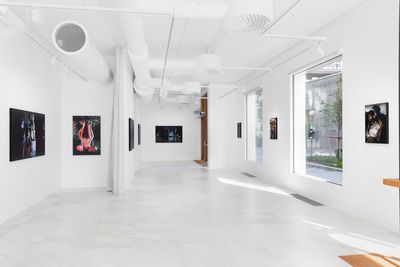
pride (rave) part I
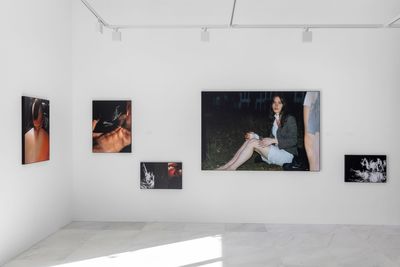
pride (rave) part I
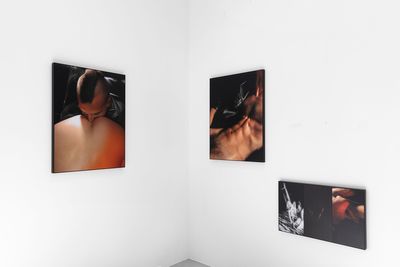
pride (rave) part I
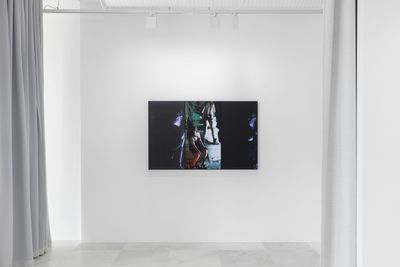
pride (rave) part I
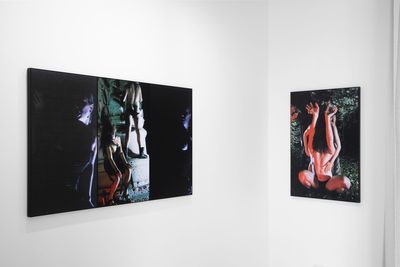
pride (rave) part I
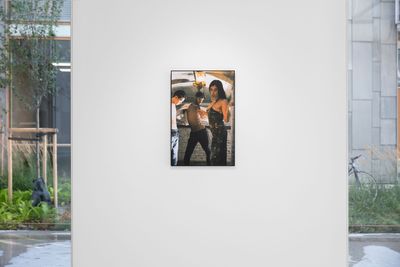
pride (rave) part I
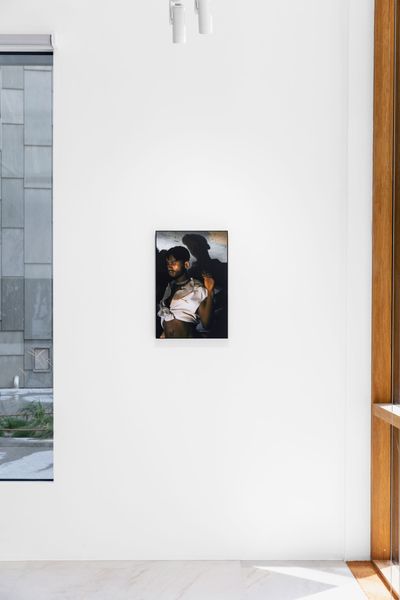
pride (rave) part I
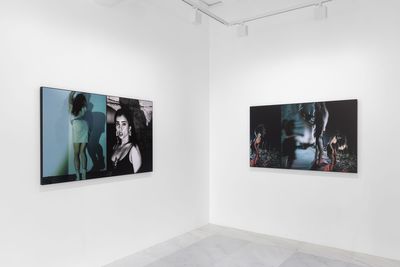
pride (rave) part I
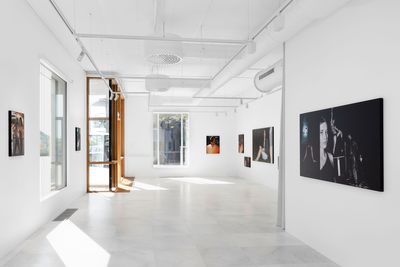
Rob Kulisek, pride (rave) / scene III, 2021
Digital C-print mounted on aluminium
90 × 144 cm (35 ⅜ × 56 ¾ inches)
Digital C-print mounted on aluminium
90 × 144 cm (35 ⅜ × 56 ¾ inches)
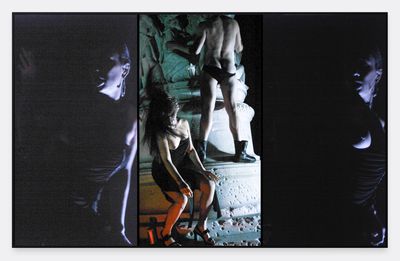

Rob Kulisek, pride (rave) / scene IV, 2021
Digital C-print mounted on aluminium
90 × 144 cm (35 ⅜ × 56 ¾ inches)
Digital C-print mounted on aluminium
90 × 144 cm (35 ⅜ × 56 ¾ inches)
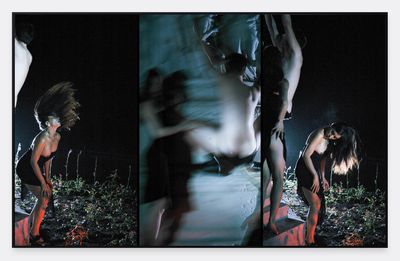

Rob Kulisek, pride (rave) / garden III, 2021
Digital C-print mounted on aluminium
120 × 180 cm (47 ¼ × 70 ⅞ inches)
Digital C-print mounted on aluminium
120 × 180 cm (47 ¼ × 70 ⅞ inches)
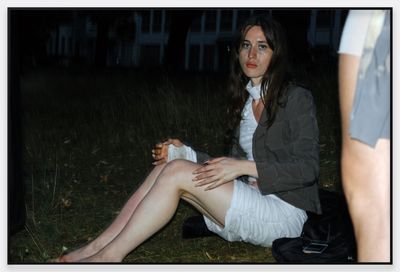

Rob Kulisek, pride (rave) / scene II, 2021
Digital C-print mounted on aluminium
90 × 144 cm (35 ⅜ × 56 ¾ inches)
Digital C-print mounted on aluminium
90 × 144 cm (35 ⅜ × 56 ¾ inches)
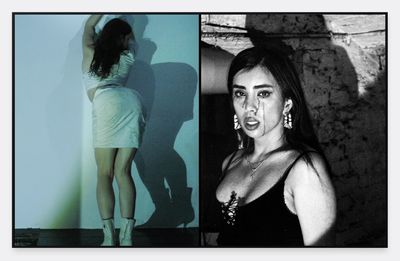

Rob Kulisek, pride (rave) / scene I, 2021
Digital C-print mounted on aluminium
90 × 160 cm (35 ⅜ × 63 inches)
Digital C-print mounted on aluminium
90 × 160 cm (35 ⅜ × 63 inches)
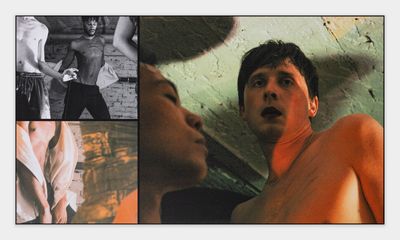

Rob Kulisek, pride (rave) / scene VI, 2021
Digital C-print mounted on aluminium
90 × 144 cm (35 ⅜ × 56 ¾ inches)
Digital C-print mounted on aluminium
90 × 144 cm (35 ⅜ × 56 ¾ inches)
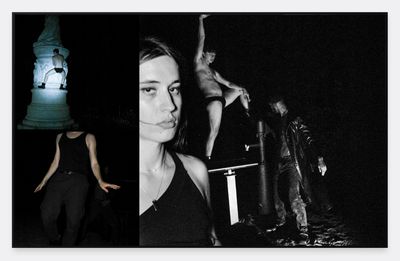

Rob Kulisek, pride (rave) / sex II, 2021
Digital C-print mounted on aluminium
80 × 60 cm (31 ½ × 23 ⅝ inches)
Digital C-print mounted on aluminium
80 × 60 cm (31 ½ × 23 ⅝ inches)
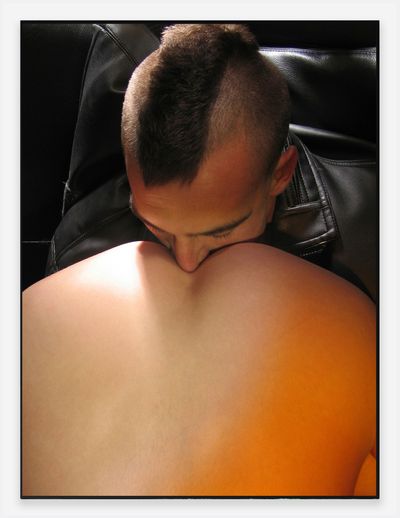

Rob Kulisek, pride (rave) / garden II, 2021
Digital C-print mounted on aluminium
105.3 × 70 cm (41 ½ × 27 ½ inches)
Digital C-print mounted on aluminium
105.3 × 70 cm (41 ½ × 27 ½ inches)
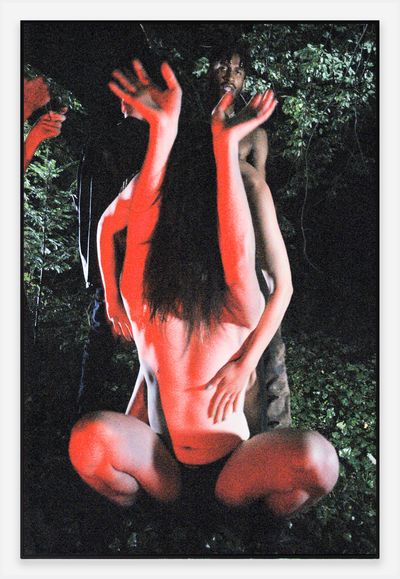

Rob Kulisek, pride (rave) / sex I, 2021
Digital C-print mounted on aluminium
80 × 60 cm (31 ½ × 23 ⅝ inches)
Digital C-print mounted on aluminium
80 × 60 cm (31 ½ × 23 ⅝ inches)
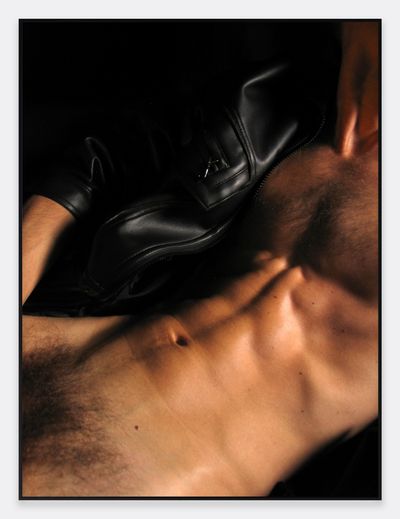

Rob Kulisek, pride (rave) / sex III, 2021
Digital C-print mounted on aluminium
80 × 60 cm (31 ½ × 23 ⅝ inches)
Digital C-print mounted on aluminium
80 × 60 cm (31 ½ × 23 ⅝ inches)
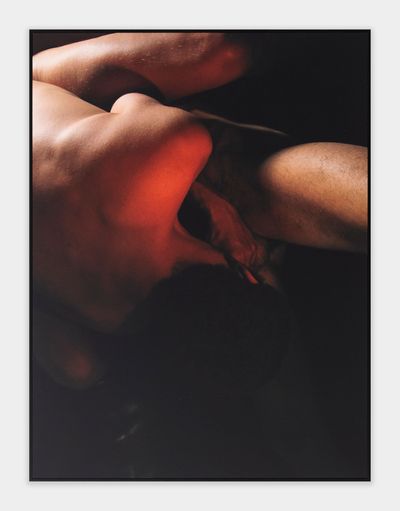

Rob Kulisek, pride (rave) / garden I, 2021
Digital C-print mounted on aluminium
40 × 60.2 cm (15 ¾ × 23 ¾ inches)
Digital C-print mounted on aluminium
40 × 60.2 cm (15 ¾ × 23 ¾ inches)
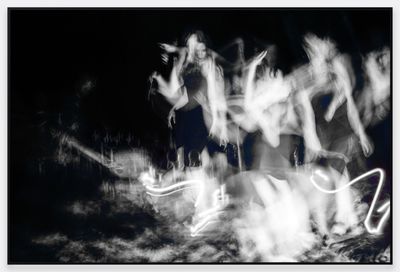

Rob Kulisek, pride (rave) / garden IV, 2021
Digital C-print mounted on aluminium
40 × 60.2 cm (15 ¾ × 23 ¾ inches)
Digital C-print mounted on aluminium
40 × 60.2 cm (15 ¾ × 23 ¾ inches)
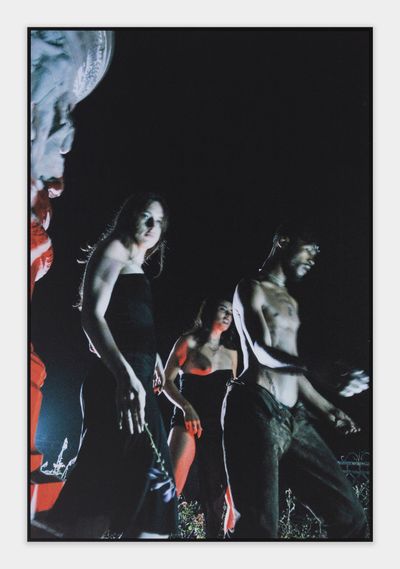

Rob Kulisek, pride (rave) / studio III, 2021
Digital C-print mounted on aluminium
40 × 60.2 cm (15 ¾ × 23 ¾ inches)
Digital C-print mounted on aluminium
40 × 60.2 cm (15 ¾ × 23 ¾ inches)
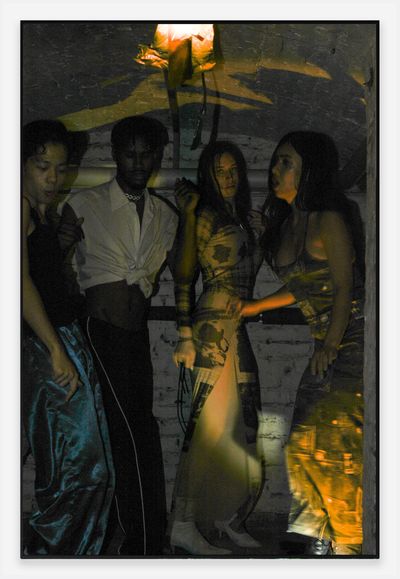

Rob Kulisek, pride (rave) / studio II, 2021
Digital C-print mounted on aluminium
40 × 60.2 cm (15 ¾ × 23 ¾ inches)
Digital C-print mounted on aluminium
40 × 60.2 cm (15 ¾ × 23 ¾ inches)
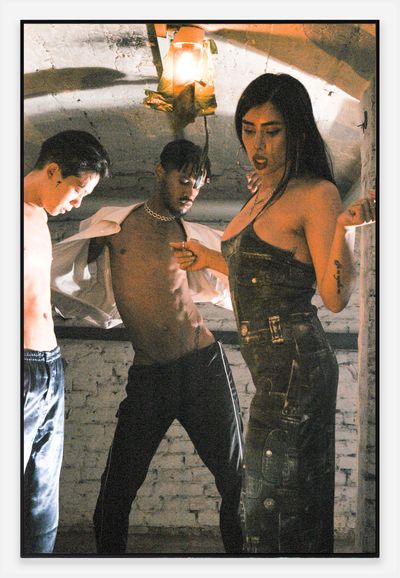

Rob Kulisek, pride (rave) / studio I, 2021
Digital C-print mounted on aluminium
40 × 60.2 cm (15 ¾ × 23 ¾ inches)
Digital C-print mounted on aluminium
40 × 60.2 cm (15 ¾ × 23 ¾ inches)
